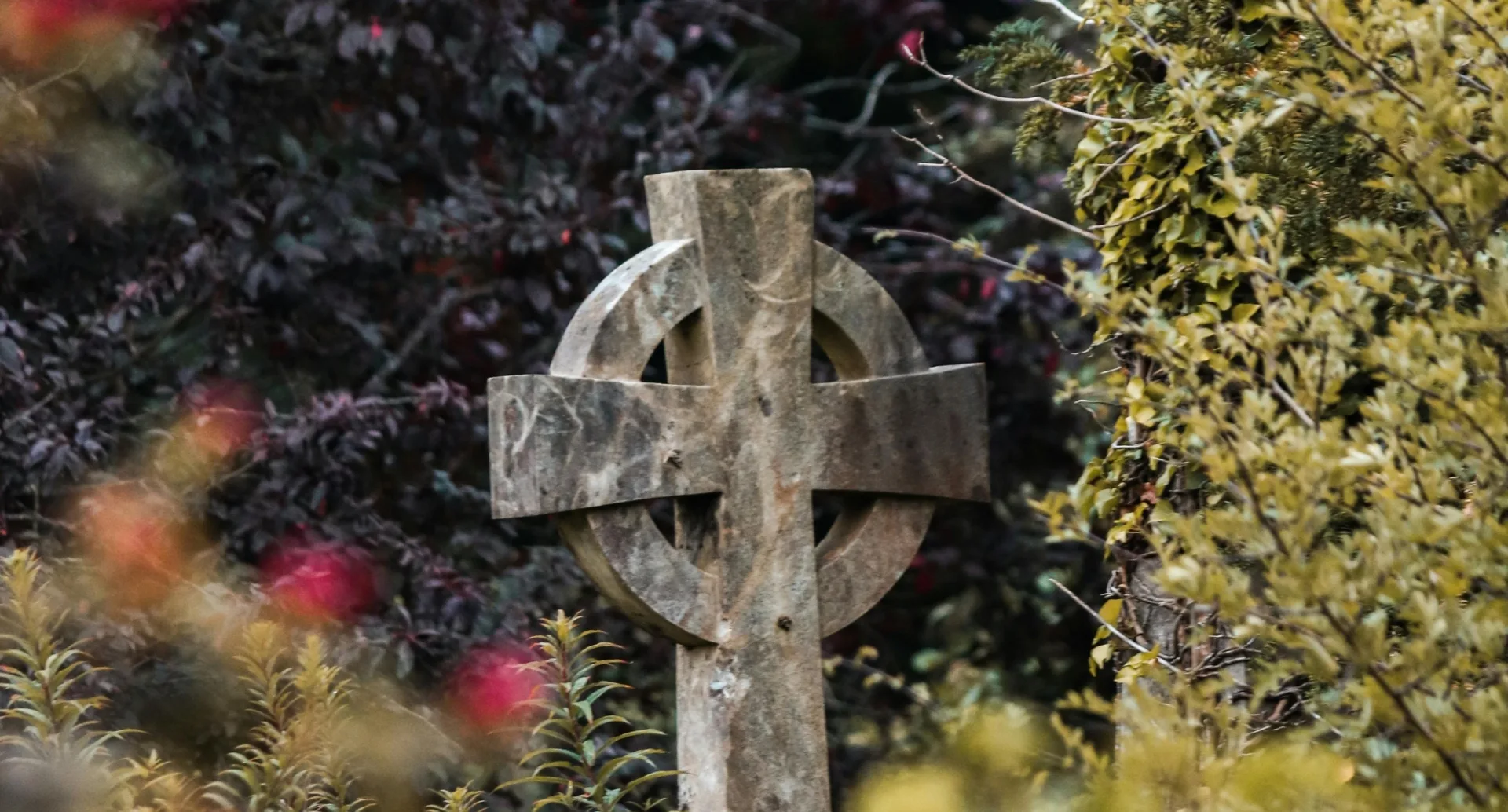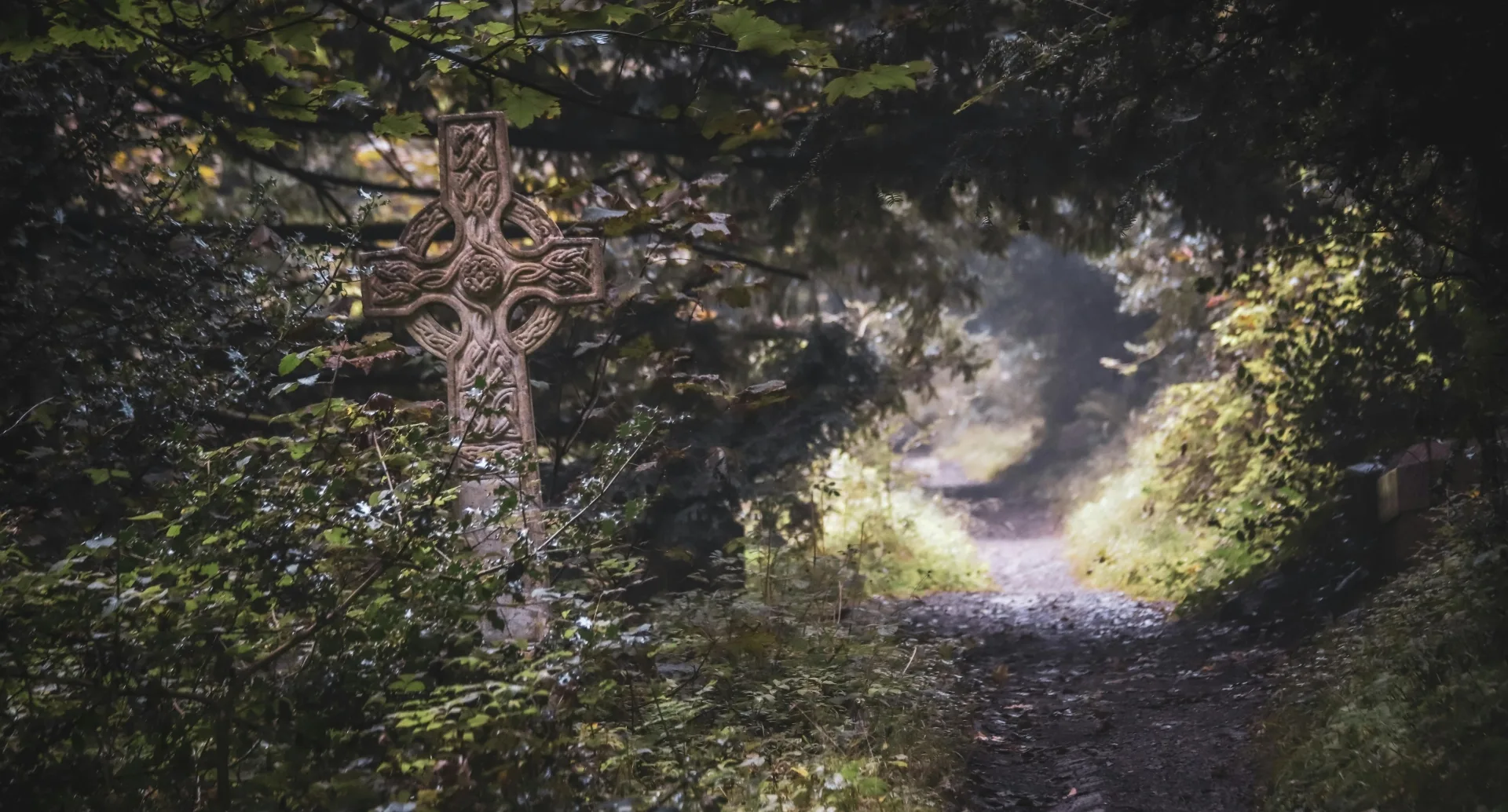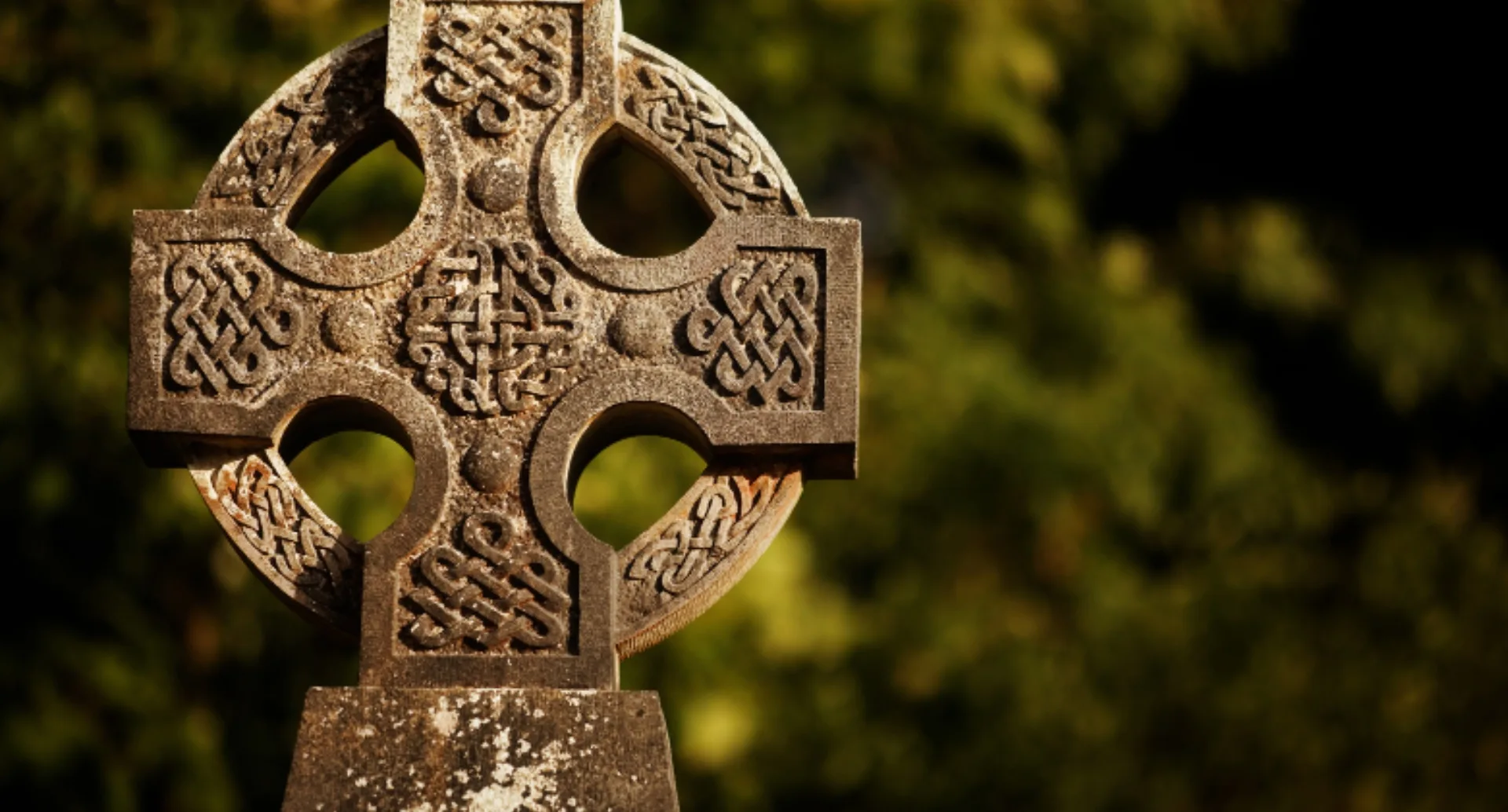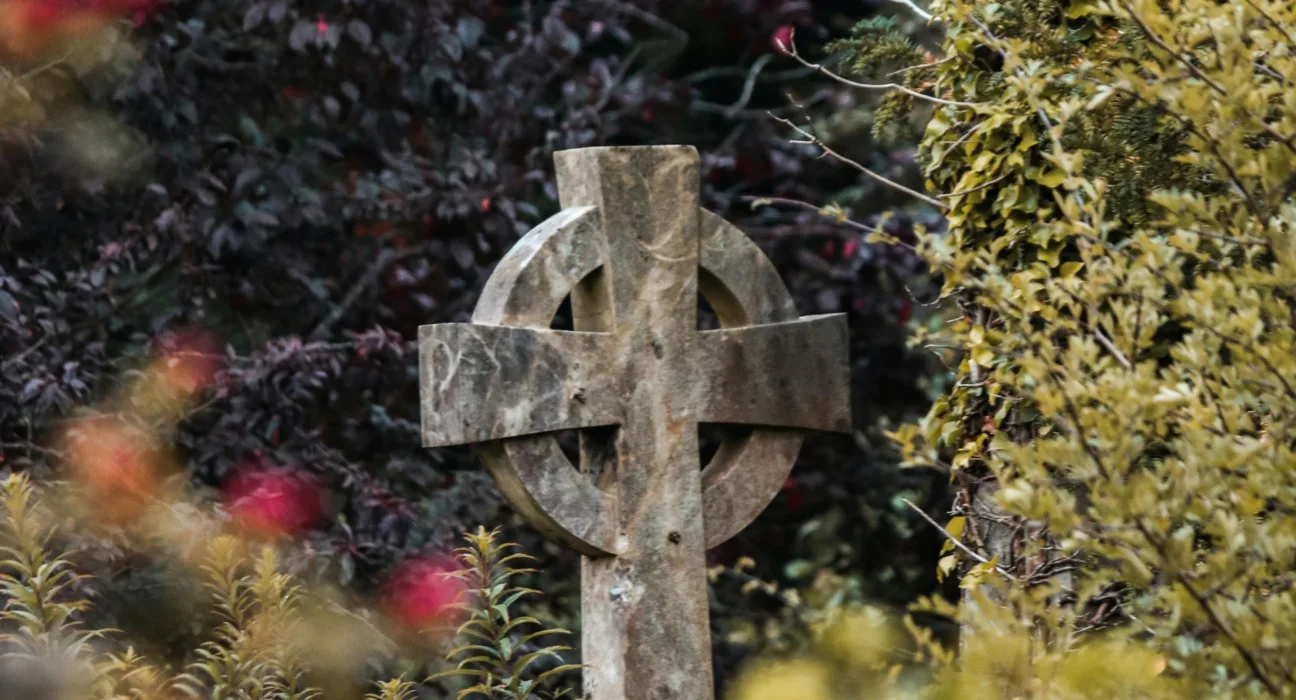The Celtic Christian cross has roots that trace back to pagan times before Christianity arrived in Ireland. The ancient Celts were first mentioned by early Roman historians in the fifth century BC. These warlike groups lived in the foothills of the Alps in southern France. Over time, they expanded their territory and eventually migrated to Britain and Ireland.
When we think of Irish Celtic Art, we often associate it with the people who brought their visual art to our shores. Specifically, we refer to the period of artistic expression after they became Christianized in the early fifth century. This Celtic art is best represented by the iconic knotwork found in Irish Celtic crosses. More: Tarot card guide: Key insights and methods
God has no religion.
Mahatma Gandhi
As a Christian symbol, the Celtic cross first appeared in the 8th century, introduced to Ireland and Britain by early missionaries. A simplified story suggests that Saint Patrick brought the Celtic cross to Ireland. Some people believe that the ring on the cross symbolizes the Roman sun deity Invictus, an idea early Irish monks used to explain Christ’s halo to Celtic pagans. The circle also adds strength to the structure, supporting the cross’s arms.
Initially, crosses were not sculpted from rock but carved into it. Fine examples of this can be seen at the Gallarus Oratory in County Kerry and the Killaghtee Cross in Dunkineely, County Donegal, dating from around 650 AD. Early versions of the cross were simple, with long stems and short arms. During the 9th and 10th centuries, these crosses became more structurally and artistically complex, marking an important Irish contribution to European art in the Middle Ages. More: How moral values provide a safe harbor?
The history and significance of the Celtic Christian Cross
The more elaborate high crosses from later periods were often erected to honor famous people or places. Over time, these crosses were decorated with panels depicting biblical scenes, which monks used for religious instruction. One of the best examples is the Cross of Scriptures at the monastery at Clonmacnoise on the River Shannon. This cross features stories of the Last Supper, the Crucifixion of Christ, and the Guarding of the Tomb. More: How to control your anger when someone provokes you?

These visual presentations helped communicate the teachings of Christ to an illiterate population. This storytelling through stone sculpture is reminiscent of great Roman sculptures like Trajan’s Column in Rome. It’s believed that the decorative panels on the crosses were originally painted in bright colors.
Celtic crosses were mainly used for religious instruction, but they were also placed outside monastic settlements to mark the boundaries of the monastery. These boundary crosses were known as Termon crosses. A fugitive inside the monastery’s boundaries could claim sanctuary. More: The spiritual harmony and beliefs of Mormons
The Market Cross of Kells: A symbol of resilience and heritage
One example is the Market Cross in the village of Kells in County Meath. Originally located at Cross Street, it was known as the ‘Cross of the Gate’ of the monastery. The cross was damaged by Cromwellian forces passing through the town. Its base bears the inscription, ‘This cross was erected at the charge of Robert Balfe of Cailierstown, being sovereign of the corporation of Kells, anno domini 1688’.


Local folklore says that during the 1798 rebellion, captured rebels were hung from the arms of this cross by crown forces. The Celtic revival in the late 19th century renewed the popularity of Celtic crosses as headstones. Today, these evocative monuments are common in Irish burial grounds, adding a distinctive feature to the landscape. Irish and Scottish emigrants carried this burial tradition with them, so Celtic crosses can also be found throughout the United States, Canada, Australia, and New Zealand. More: Glendalough: Spiritual Retreats for Prayer and Meditation












